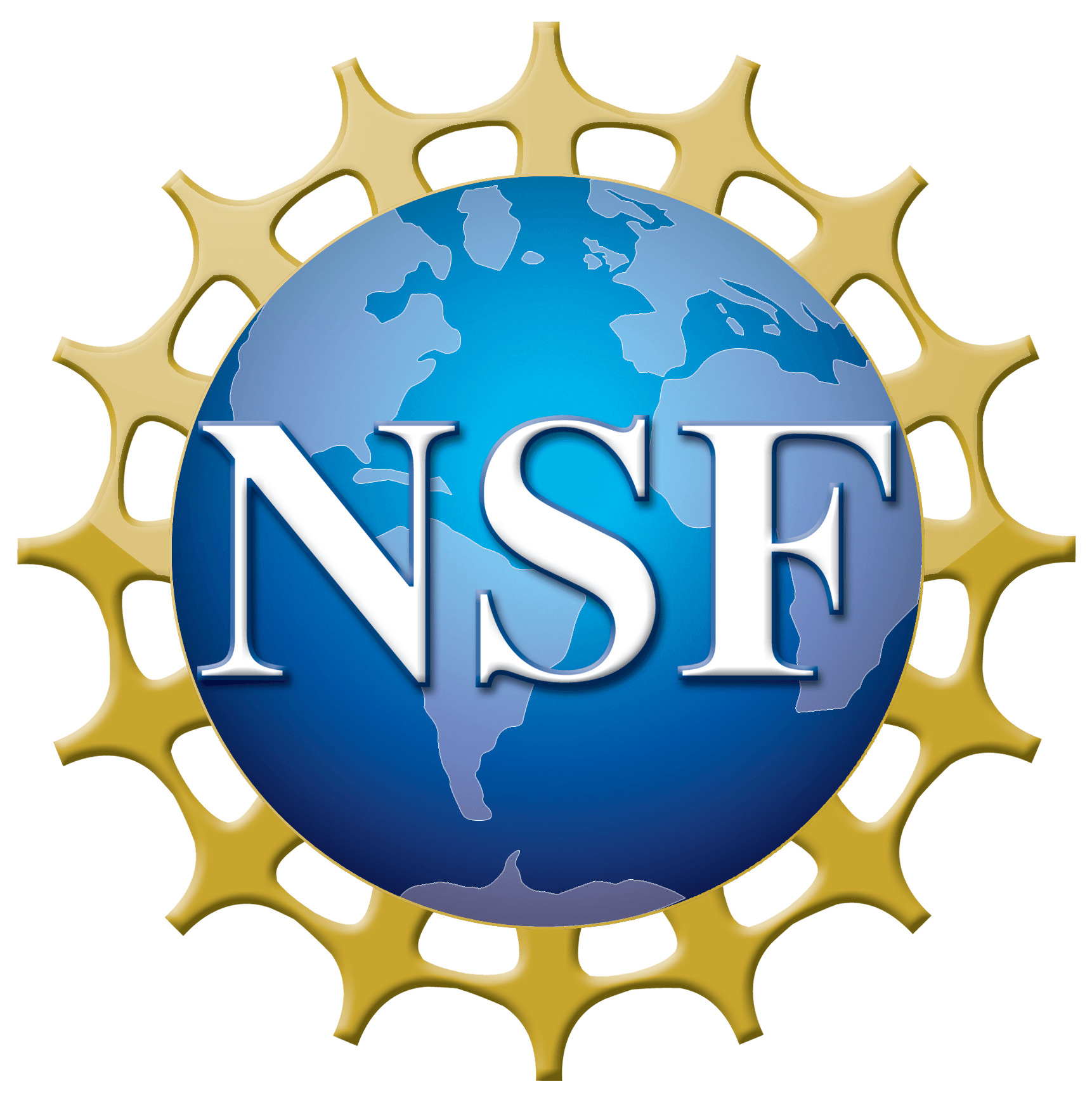Latest NRAO News
News is managed by NRAO News & Public Information. Questions about News? Have a story to share? Want to interview a scientist or create new media about our telescopes?
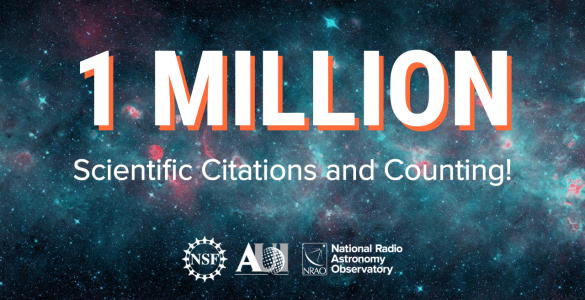
The U.S. National Science Foundation National Radio Astronomy Observatory (NSF NRAO) is celebrating a historic achievement: research using our…

The U.S. National Science Foundation National Radio Astronomy Observatory (NSF NRAO) has entered into a groundbreaking partnership with the NSF Leadership-Class Computing Facility (NSF LFFC), led by the Texas Advanced Computing Center, to pioneer a transformative data processing system for the next era of radio astronomy.
The partnership is in direct response to the astronomical data volumes anticipated from the upcoming Next Generation Very Large Array (ngVLA) project, which is expected to produce up to 40 petabytes (PB) of data each month—orders of magnitude greater than any of the current NRAO telescopes. . This scale will place NRAO at the forefront of data-intensive scientific exploration not just in astronomy, but across the broader scientific community.
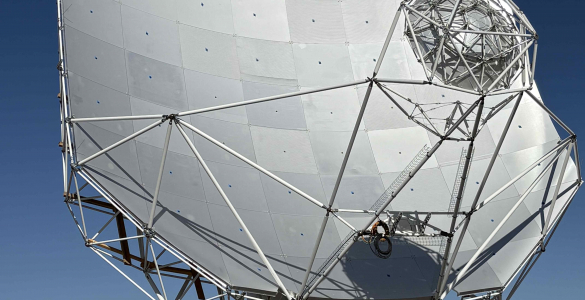
The U.S. National Science Foundation National Radio Astronomy Observatory (NSF NRAO) and the Texas Tech University System (TTU System)…
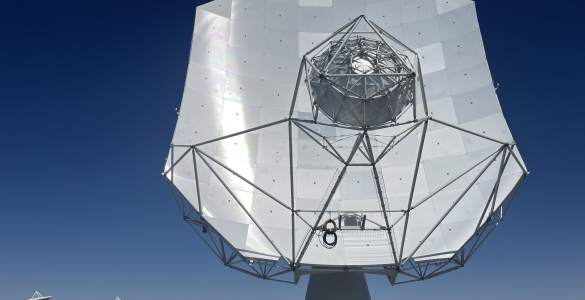
The U.S. National Science Foundation National Radio Astronomy Observatory (NSF NRAO) and Johns Hopkins University (JHU) are thrilled to…
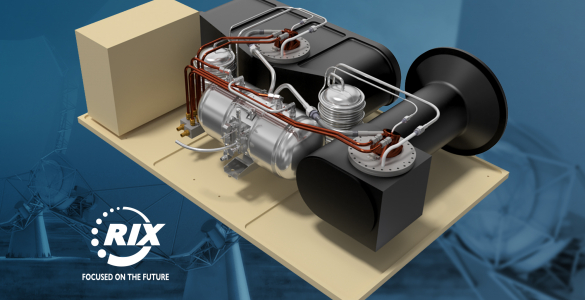
The U.S. National Science Foundation National Radio Astronomy Observatory (NSF NRAO) is excited to announce a collaboration with RIX Industries to explore innovative cryogenic cooling solutions for the Next Generation Very Large Array (ngVLA)
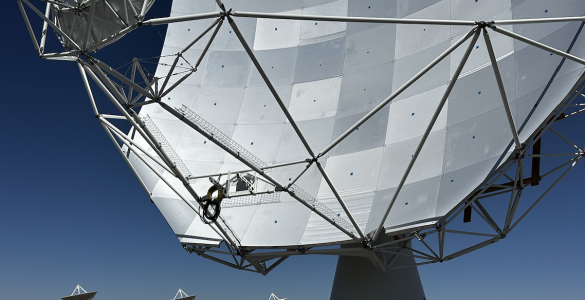
mtex antenna technology GmbH officially handed over the prototype antenna for the proposed Next Generation Very Large Array (ngVLA) to the U.S. National Science Foundation National Radio Astronomy Observatory (NSF NRAO) at a ceremony held at the NSF Very Large Array site on the Plains of San Agustin, New Mexico.
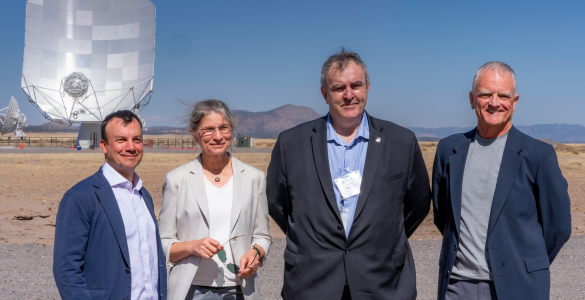
The U.S. National Science Foundation National Radio Astronomy Observatory (NSF NRAO) and the University of Florida (UF) have announced…
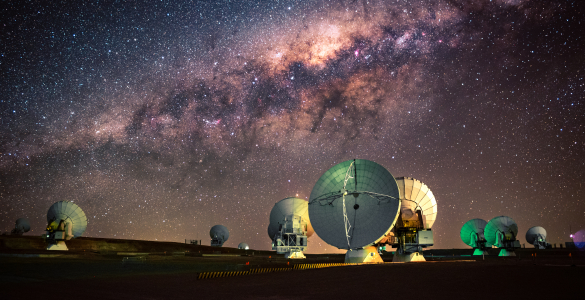
Most stars form in clusters, where hundreds to thousands of stars coevolve in proximal environmental conditions that dictate how…
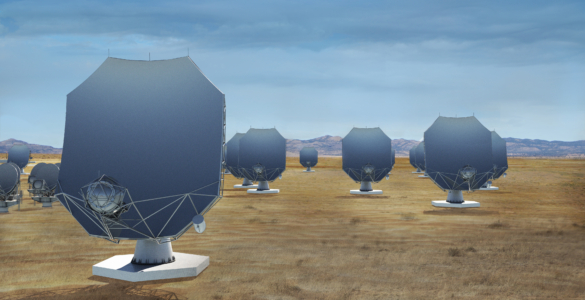
The U.S. National Science Foundation National Radio Astronomy Observatory has announced a significant collaboration with the Bavarian State Government…
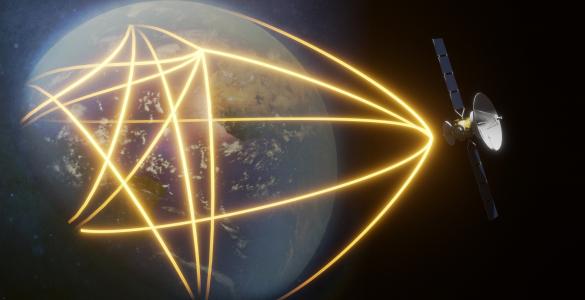
A new agreement between the Center for Astrophysics | Harvard & Smithsonian (CfA) and the U.S. National Science Foundation…




